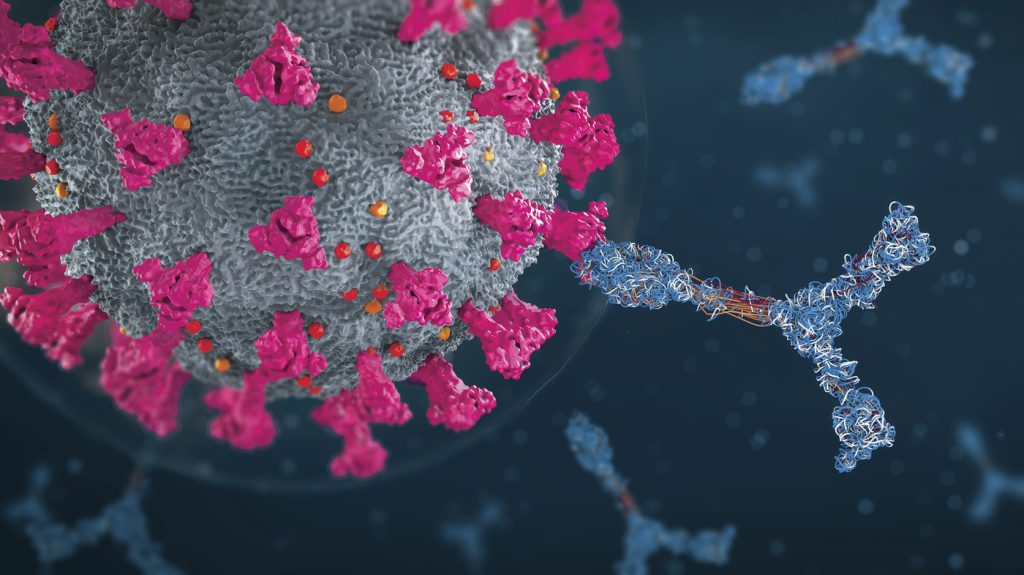Important note about light therapy for psoriasis.
Some people can treat their psoriasis with over-the-counter or prescription creams. However, you can attempt phototherapy if your skin continues to be itchy, scaly, and red. Another name for it is light therapy.
Psoriasis treatments like phototherapy have the potential to relieve the itching and pain associated with the condition. UV radiation, which lessens inflammation and delays the production of new skin cells, is frequently used.

Eczema and other skin disorders can benefit from phototherapy. It’s not as easy as just going outside in the sunshine, though.
Treatments with UV light come in a variety of forms. It’s important to figure out which one will work best for you if you’re interested in pursuing this strategy.
It is best to discuss your alternatives with your doctor in order to be treated with phototherapy in a safe manner. Your physician will guarantee that it’s secure for you.
What is light therapy for psoriasis?
Plaques can shrink in size, become less itchy, and appear more subtly when treated with light therapy, which includes shining ultraviolet (UV) light on the skin. Perhaps it will completely resolve them.
Psoriasis cannot be cured, however light treatment can help people manage their condition and enhance their quality of life.
Light treatment for psoriasis lowers plaque development by slowing down the expansion of skin cells. By interfering with the DNA’s ability to function, it also restricts the proliferation of skin cells.
Light therapy procedure
A person can have phototherapy on their entire body or just one location, such their hands or scalp, depending on which parts of their body are affected by psoriasis. Before administering treatment, a medical expert will cover sensitive skin parts including the eyes and genitalia.
To progressively increase the skin’s exposure to UV light and give it time to heal, light treatment requires numerous sessions.
During the course of two to three months, patients typically have three to five weekly light treatment sessions. Depending on the type of light treatment, people typically notice improvements in 2-4 weeks.
Each person’s skin responds to phototherapy in a unique way, which may be seen in the degree of improvement in their psoriasis symptoms as well as the duration of those benefits. 3–12 months is the typical length of remission.
Doctors advise people to only utilise 150 sessions of psoralen and ultraviolet A (PUVA) phototherapy throughout the course of their lifetime due to the increased risk of skin cancer.
Types of light therapy
Delivering light therapy for psoriasis can be done in a variety of ways using a variety of lighting and apparatus.
Based on the following criteria, a medical practitioner will decide which phototherapy technique to apply:
- how much of the body is affected by psoriasis
- which bodily areas are affected by psoriasis
- what degree psoriasis has on a person’s quality of life
- a person’s general well-being
- the skin tone of a person
The type of UV light used in treatment is a significant distinction between the many types of phototherapy:
- Long wavelengths characterise UVA. The skin’s deepest layers can be reached, and it can pass through glass windows. Psoralen, which makes the skin more responsive to UVA radiation, must be used in conjunction with UVA treatments.
- The shorter wavelength of UVB. It does not require psoralen and merely penetrates the upper layers of the skin.
The various forms of light treatment for psoriasis consist of:
- limited-band UVB. The most popular kind of light therapy, narrow-band phototherapy, restricts the light wavelengths utilised in treatment to 311-313 nanometers in order to minimise any potential negative effects.
- UVB with a broad spectrum. The most traditional type of light therapy for psoriasis is called broad-band phototherapy. Compared to narrow-band therapy, it employs a larger wavelength.
- UVB laser. Smaller, more focused UVB beams are used in laser technology. When psoriasis only affects 5% or less of the body, medical specialists prefer this method.
- PUVA topical. With PUVA, the skin is prepared for the UV radiation treatment by either soaking in a bath or applying a lotion containing psoralen.
- Mouth PUVA. In the case of oral PUVA, the patient must take psoralen pills before to phototherapy. For exceptionally thick plaques, this type of treatment may be especially beneficial.
- Pulsed dye laser (PDL). PDL is most frequently used by medical practitioners to treat nail psoriasis or tiny lesions on the skin’s surface.
- Balneophototherapy. In this case, a person will receive UV light treatments either during or right after a bath in a salt-based solution.
- laser or low-level light treatment. Doctors advise this therapy, also known as “cold laser” treatment, for other types of inflammation and persistent discomfort.
- Home UVB phototherapy. Using hand-held or smaller-scale light boxes, patients can manage their psoriasis and any “flares,” or escalation of plaques and itching, at home with the help of a doctor’s prescription for at-home follow-up care.
Who should get light therapy?
If creams and lotions are ineffective at reducing the symptoms of psoriasis, a doctor or skin specialist known as a dermatologist may suggest light treatment.
Light treatment might be helpful for people with mild to severe psoriasis. With moderate psoriasis, 3–10% of the body is affected, whereas in severe psoriasis, more than 10% of the body is affected.
Phototherapy should not be used on those who use prescription drugs or over-the-counter substances that increase their skin’s sensitivity to UV light.
These drugs that cause photosensitization include:
- antihistamines
- contraceptives
- diuretics
- medicine sulfa
Before committing to phototherapy, discuss any current supplements or drugs with a medical expert.
The use of light therapy for psoriasis should be avoided by pregnant women and those who have:
- a background of both melanoma and non-melanoma skin malignancies
- lowered immunological response
- lupus
- recognised photosensitivity problems
Side effects of light therapy
When designing a phototherapy regimen, a medical practitioner will take the patient’s susceptibility to UV light into account. Even with this care, adverse outcomes are still possible.
The following are potential negative consequences of light therapy:
- light sunburn, which is normally not harmful and can be treated by reducing UV exposure
- a burning or itchy feeling
- an increased risk of cold sores in those who are susceptible to them
- Dark patches and loose or leathery skin are early symptoms of ageing skin.
- blisters
- a higher risk of developing skin cancer
Outlook
Although there is no known treatment for psoriasis, patients can manage their symptoms and enhance their quality of life with it. For those with moderate to severe psoriasis, phototherapy can be quite beneficial.
Those receiving intensive phototherapy should have their skin checked by a doctor on a frequent basis due to the possibility of an increased risk of developing skin cancer.
REFERENCES:
- https://www.healthline.com/health/psoriasis/phototherapy-treatment-options
- https://www.medicalnewstoday.com/articles/323593
- https://www.aad.org/public/diseases/psoriasis/treatment/medications/phototherapy
- https://www.verywellhealth.com/phototherapy-for-psoriasis-4154025
- https://www.mayoclinic.org/diseases-conditions/psoriasis/diagnosis-treatment/drc-20355845
For Skin disease medications that have been suggested by doctors worldwide are available here https://mygenericpharmacy.com/index.php?therapy=27








